The once-majestic Arlington estate in Natchez, Mississippi, now stands in a desolate and forlorn state, despite being considered one of the most significant heritage buildings in the region. During a recent visit, Leland Kent of Abandoned Southeast uncovered the mansion’s tragic history and sought to understand why this captivating Southern belle has been left to languish.
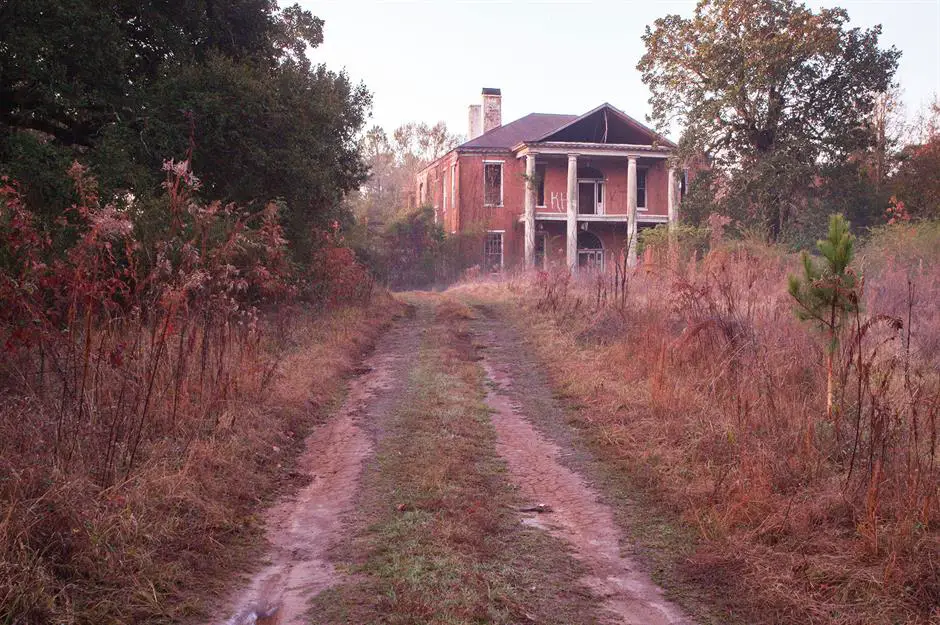
Approaching the dilapidated brick mansion, situated on 55 acres of neglected grounds, it’s impossible not to be moved by the sorry state of the property. The early history of Arlington is somewhat shrouded in mystery, but according to local legend, the land on which the estate sits was acquired by local sheriff Lewis Evans in the early 1800s and subsequently sold in 1814 to a real estate speculator named Jonathan Thompson.
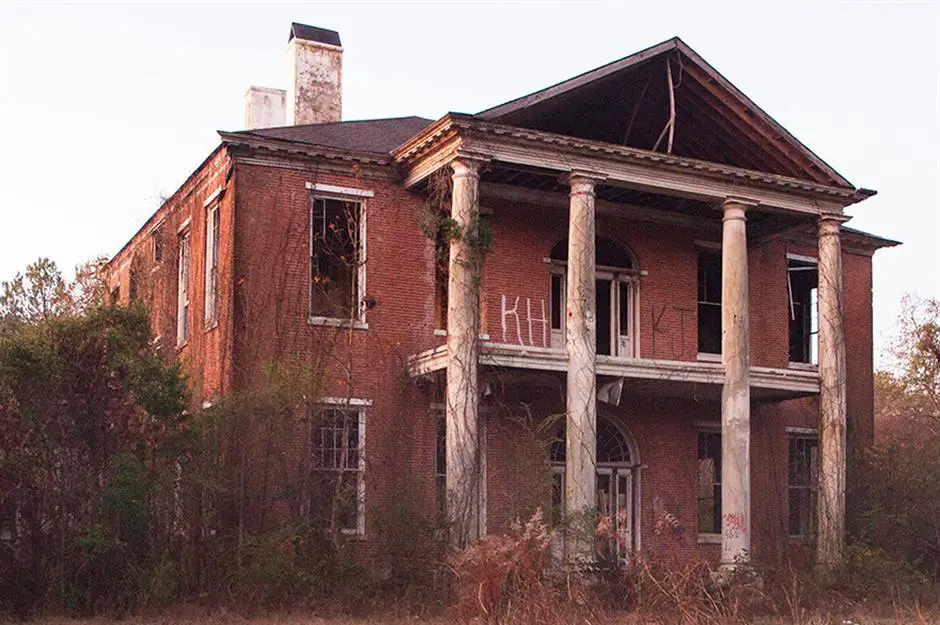
The origins of the mansion are rather unclear. According to Arlington’s nomination form for the National Register of Historic Places, the estate may have been designed by New Jersey native John Hampton White for his wife, Jane Surget White, sometime between 1816 and 1821. However, other sources suggest that Jane herself or her father, Pierre Surget, a French immigrant, may have been responsible for the opulent design. In any case, the property briefly served as the marital home of John and Jane, marked by a tragic turn of events.
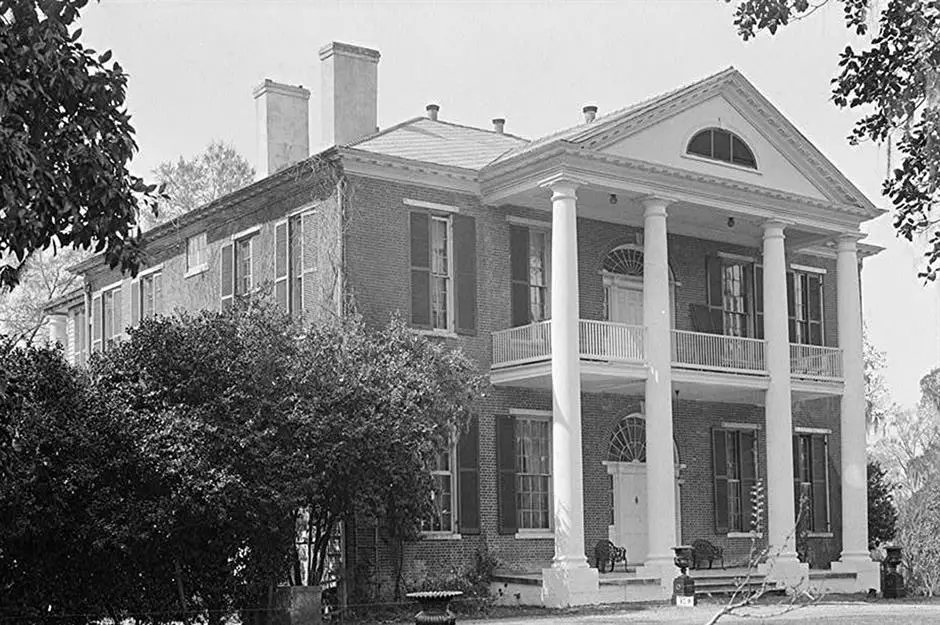
Foreshadowing the misfortunes to come, the two-story redbrick mansion (as seen in a 1934 photograph) became the scene of tragedy in 1819, around the time it was supposedly completed, when John Hampton White succumbed to a yellow fever epidemic. One account tells of his widow Jane passing away suddenly on her first night in the mansion, but this version contradicts her gravestone, which records her death in 1825 at the age of 38.
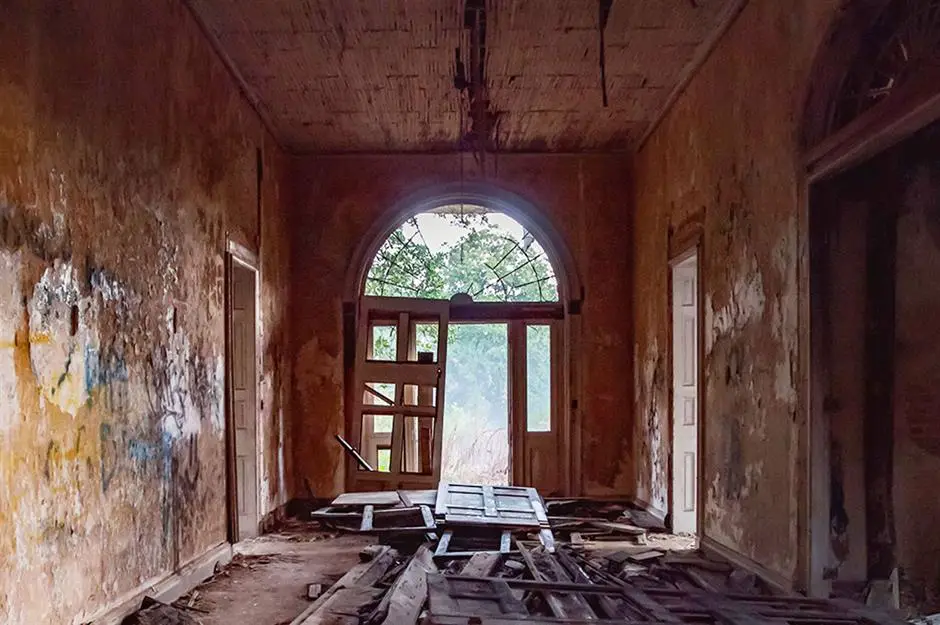
The true extent of the damage becomes evident once you step inside the property. The entry foyer is strewn with discarded wooden door frames and other debris, while graffiti mars the walls, and the ceiling is in a severe state of disrepair—a far cry from its grandeur during the days when Janet Surget White hosted soirées, belonging to one of Natchez’s most prosperous families.
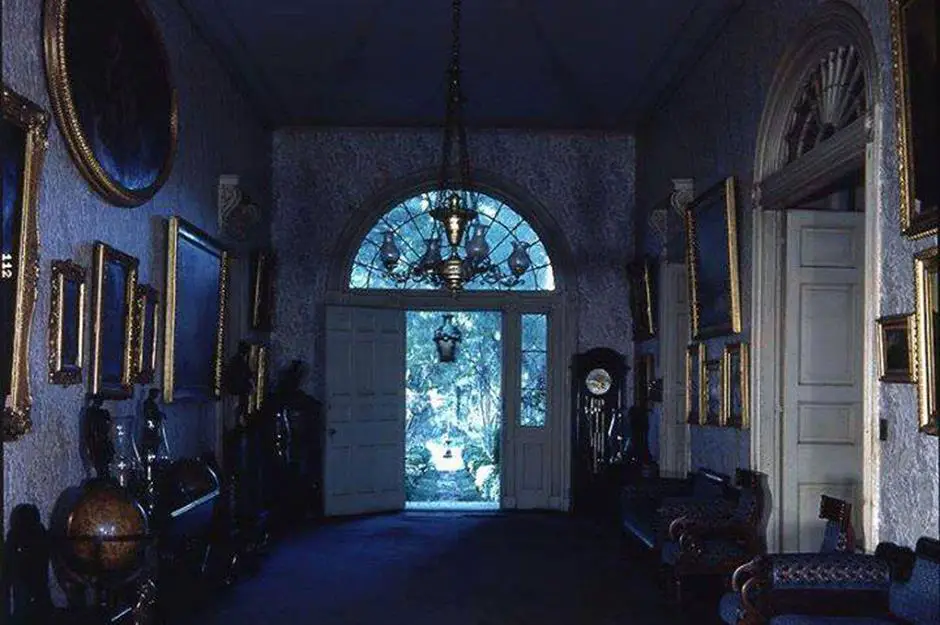
A photograph from the 1970s showcases the former elegance of the space. The hallway was adorned with exquisite antique furnishings from France and featured paintings by Old Masters like Baroccio, Carlo Dolci, Coccanari, and Vernet, surely leaving a lasting impression on the many visitors who graced its halls.
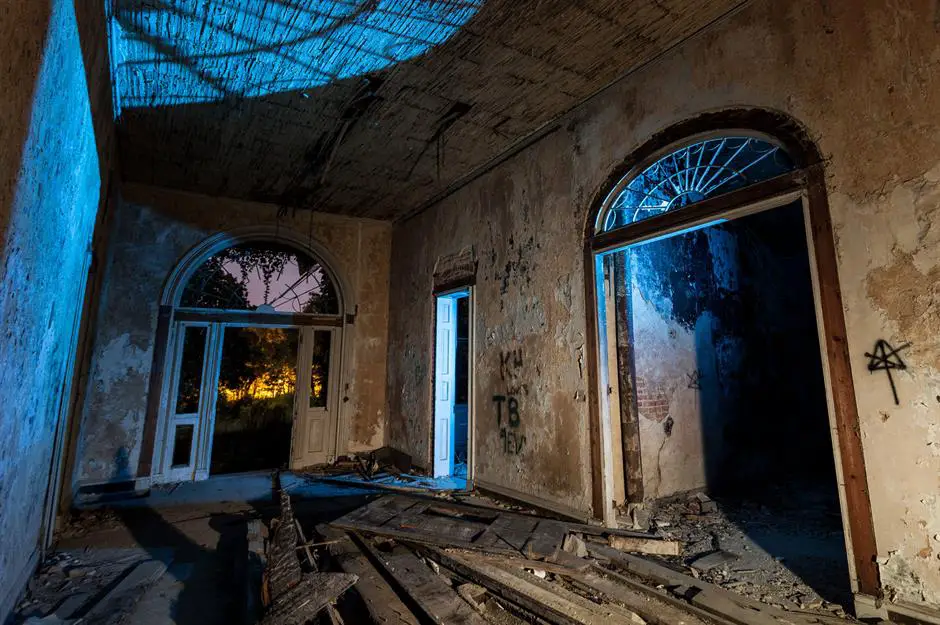
The mansion’s floor plan comprised a grand central hall extending from the front to the back of the property, flanked by two rooms on each side, with a staircase located in a secondary hall between two of the rooms. This ornate layout echoed the design of other fine antebellum mansions in the area, including Melrose and Rosalie.
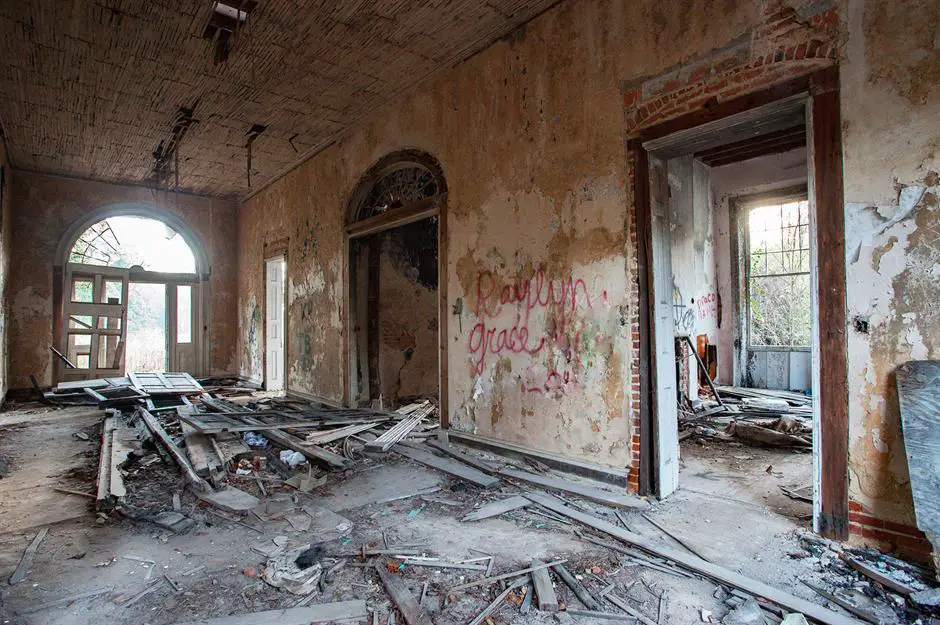
Recommended: Abandoned Gilded Age Villa on 6.9 Acres of Private Island Finds Buyer After Years! Photos Inside!
After Jane Surget White’s passing in 1825, the property transferred to her sister, Mrs. Bingaman, and remained in the Surget family until it was purchased by Mississippi Supreme Court Judge Samuel Stillman Boyd in the mid-19th century. Many of the house’s treasures changed hands with each new owner.
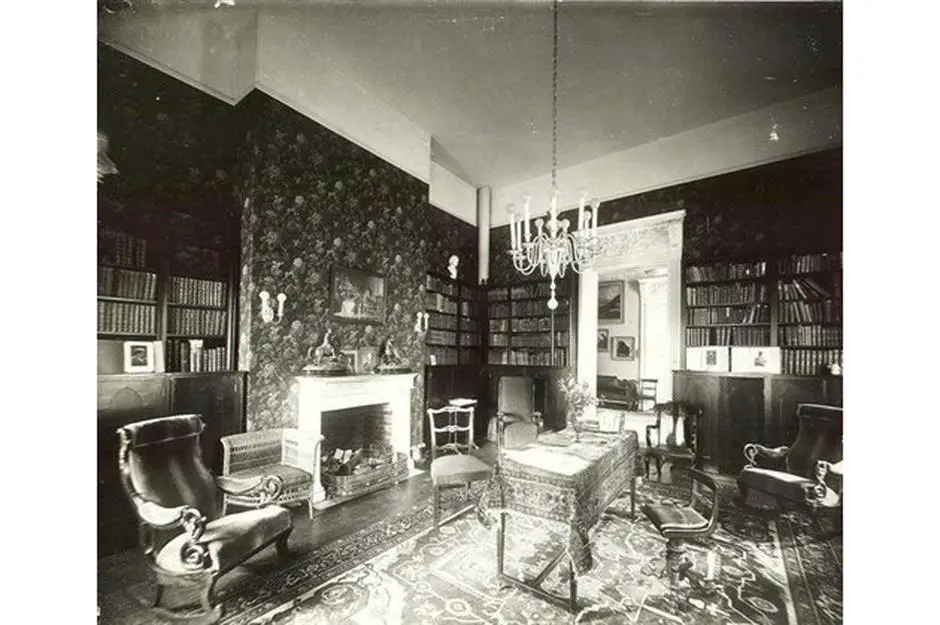
The Arlington estate housed a remarkable collection of valuable possessions, including the French antiques and Old Master artworks of the Surget family, with Judge Boyd later contributing an extensive book collection to the house. An old photograph showcases Arlington’s renowned library, famous for its extensive collection of books, including numerous first editions and a wide range of Roman and Greek classics.
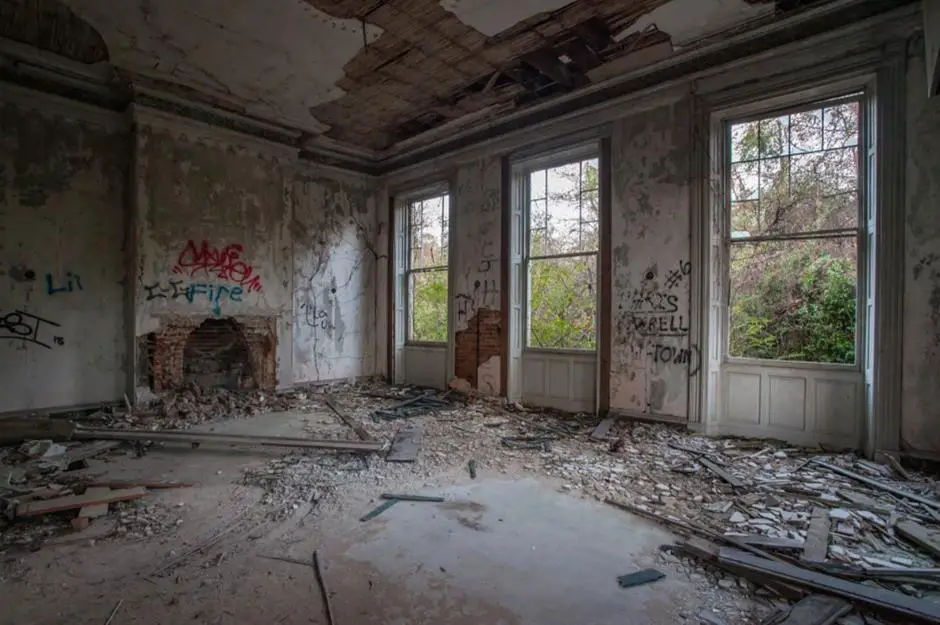
Adjacent to the library and just off the central hall, you’ll find the property’s drawing room. While the space is currently in a deplorable state, traces of its former grandeur can still be discerned from the high ceilings, elegant window frames, and wood paneling beneath the large sash windows.
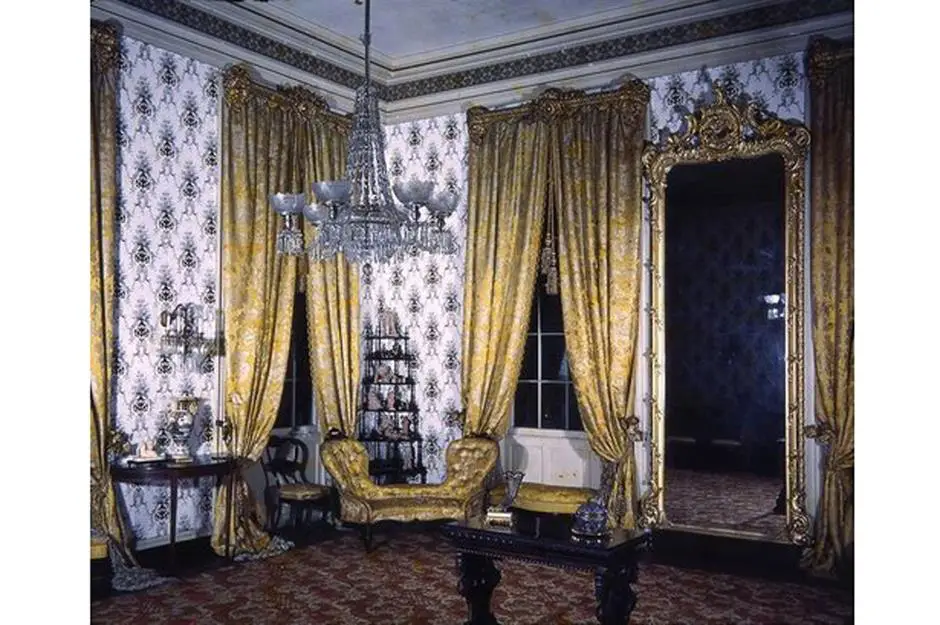
Jane Surget White spared no expense in adorning this opulent chamber, often referred to as ‘the golden drawing room.’ It was known for its luxurious carpet, French mirrors adorned with gold leaf frames, gilded cornices, wallpaper adorned with golden flowers, and satin damask curtains.
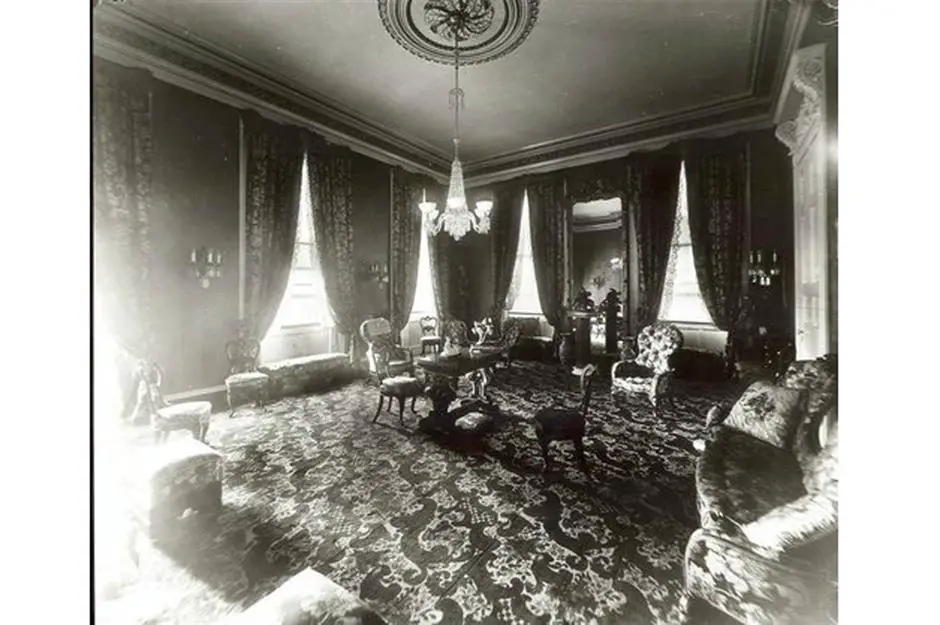
Subsequent residents of the house were committed to preserving this room’s golden aesthetic, as demonstrated in this picture, which also showcases the numerous antique furnishings collected by Mrs. Surget White.
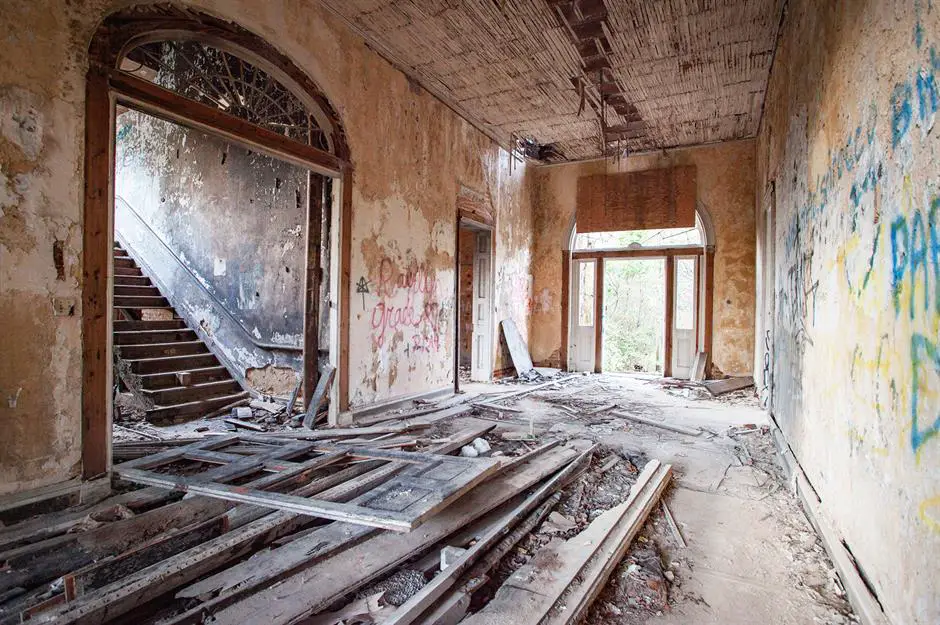
Although the estate has sadly deteriorated over time, it once housed a wide array of priceless possessions. Arlington’s music room, located adjacent to the dining room off the main hall, featured a particularly sought-after piece—an antique spinet, a small harpsichord or piano that dated back hundreds of years.
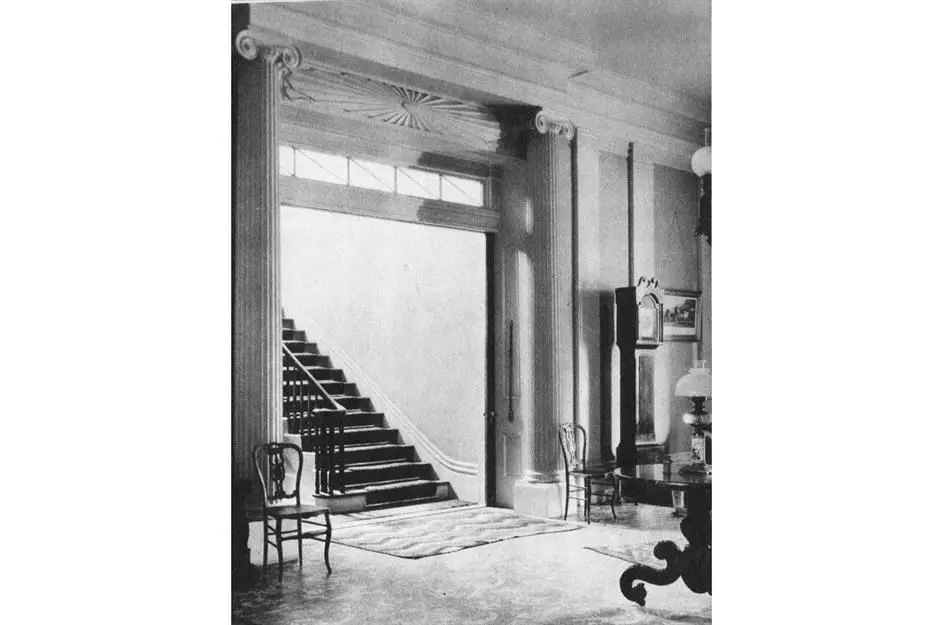
After Judge Boyd’s passing in 1867, Arlington is believed to have remained vacant for an extended period. It was reportedly acquired in 1917 by Mrs. L. S. Gillette, who resided there until 1924. An old photograph framed by a grand columned archway shows what the home’s staircase looked like before it fell into disrepair.

Now, the staircase is crumbling and structurally unsound, rendering it almost unrecognizable. In the subsequent years, Arlington changed hands to Hubert Barnum, who purportedly gifted it to his wife, Annie Barnham, as a wedding present. Annie, part of an affluent Natchez family, also owned the exquisite Monmouth mansion in the city but continued to live at Arlington after her husband’s passing in 1939.

Annie Barnum is said to have meticulously maintained the property and expanded its esteemed book collection by acquiring valuable first editions, which she displayed in the library alongside other cherished volumes. Mrs. Barnum also possessed a famous doll and glass collection, as depicted in a postcard from the 1950s.
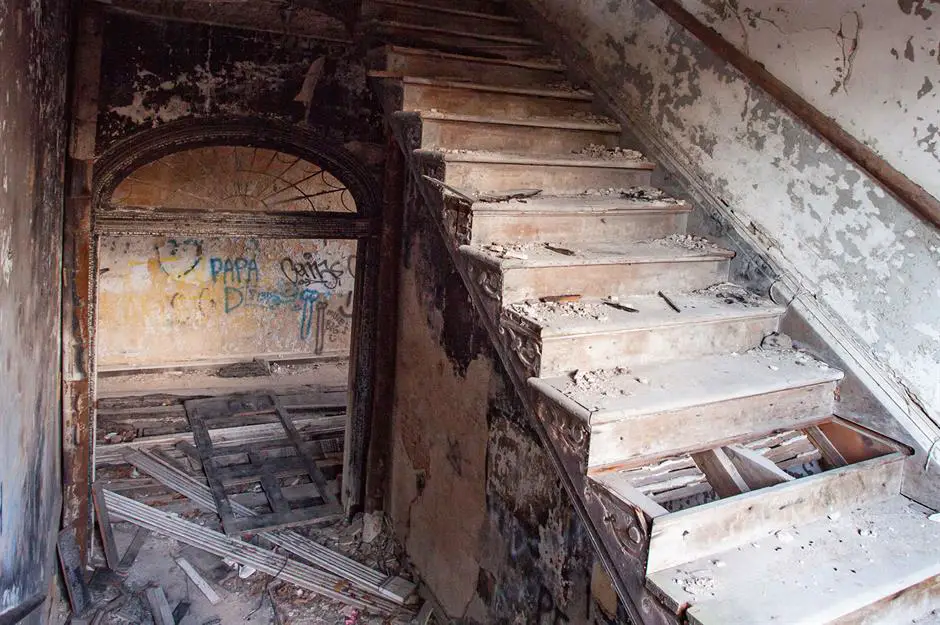
Arlington’s history took another tragic turn in 1945 when Annie Barnum’s one-year-old grandchild, Gwin, met with a devastating accident on the property, resulting in the child’s passing. Mrs. Barnum herself passed away in 1960, and Arlington was then inherited by her daughter, Anne Gwin Vaughan. Anne, along with her husband Jack and their family, resided at the property for several decades.

In recognition of its exceptional historical significance, Arlington was added to the National Register of Historic Places in 1973 and achieved the status of a National Historic Landmark the following year. At that time, the property was in excellent condition, having been lovingly preserved by the Vaughan family.
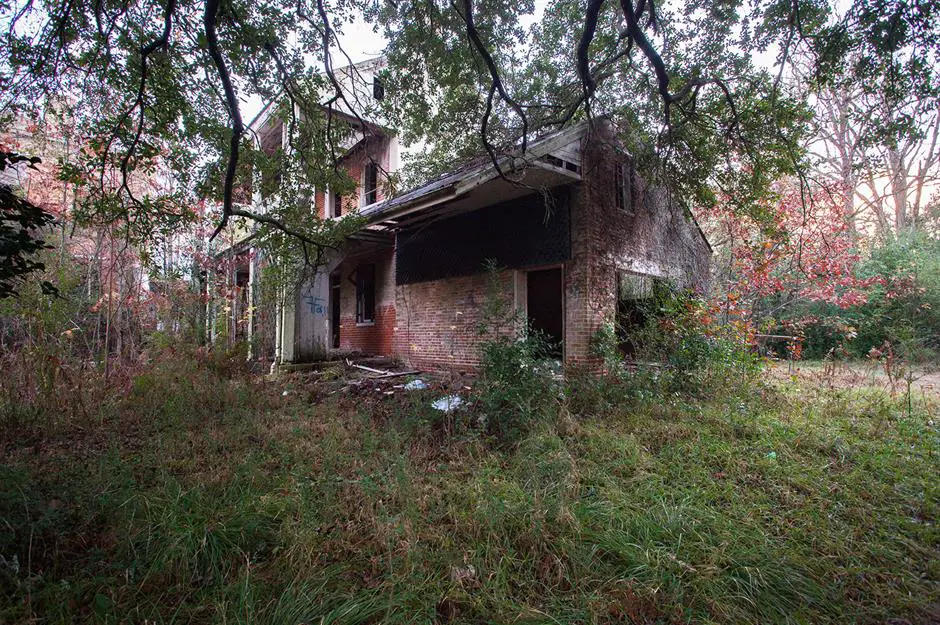
Anne Gwin Vaughan and her husband Jack both passed away in 1991, and Arlington was passed down to their son, Dr. Thomas Vaughan, who is the current owner of the estate. The doctor, based in Jackson, chose not to live at the property, and according to local residents, the house began to deteriorate in the 1990s following the deaths of Anne and Jack. An image is said to depict the mansion’s kitchen and possibly the quarters that were once used by slaves and later by servants.
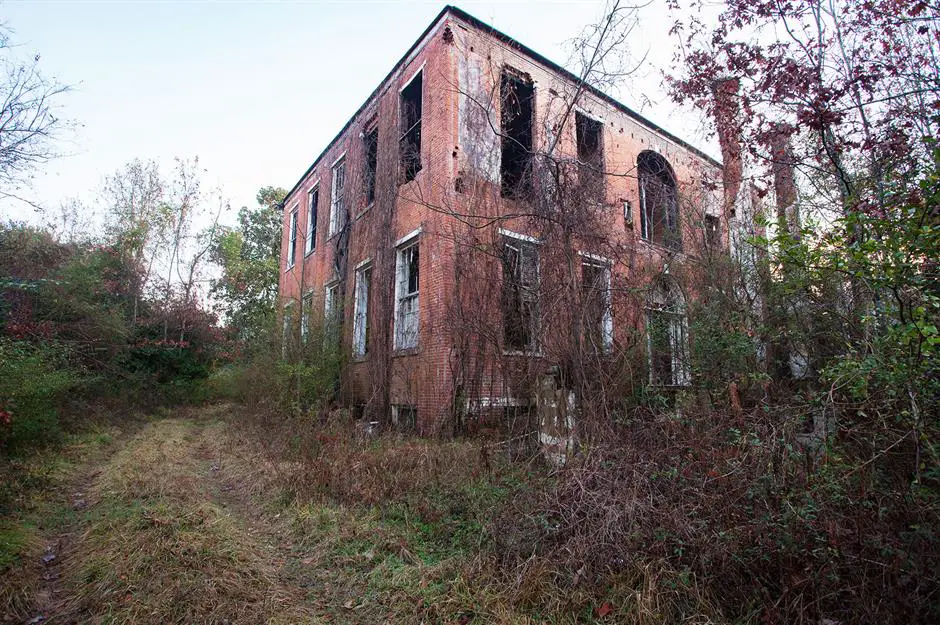
Another calamity struck in September 2002 when a devastating fire engulfed Arlington, causing significant damage to the roof and upper floor. The ground floor also sustained severe harm, although many of the valuable antiques and books were fortunately salvaged and later restored.
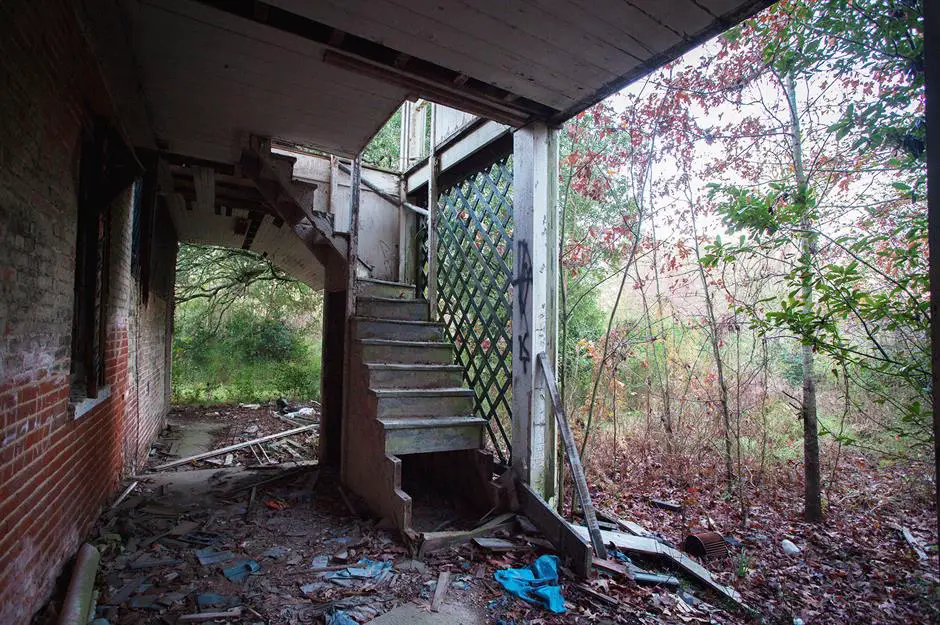
Unlike the saved antiques and books, the house itself has not been as fortunate. While the roof has been replaced thanks to the Historic Natchez Foundation, the building remains little more than a crumbling shell. The once well-tended grounds surrounding the grand property have been reclaimed by nature, and debris from the fire still litters the overgrown estate.
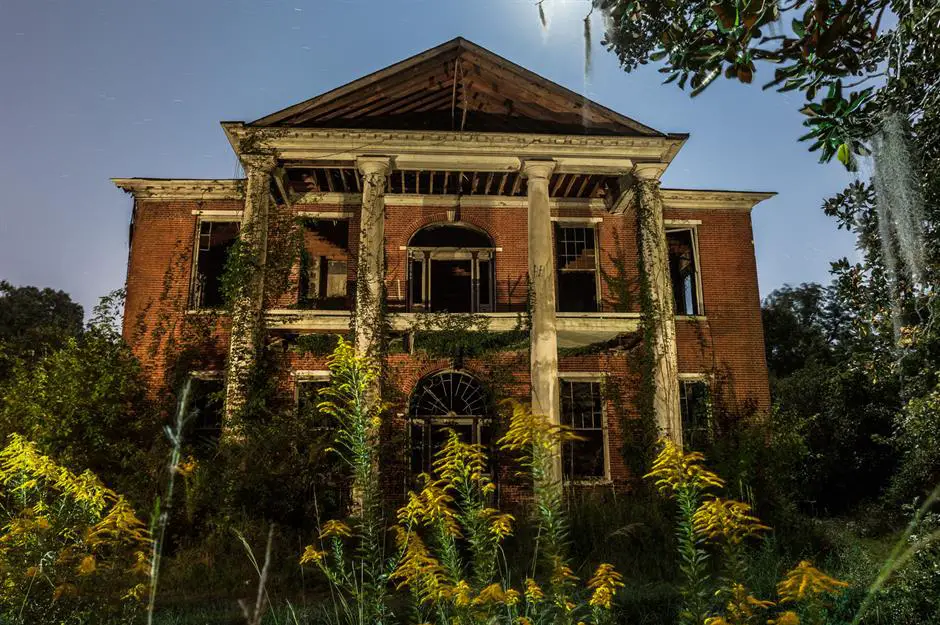
At the time of the fire, the property lacked sufficient insurance, and a comprehensive renovation would likely be an expensive endeavor. Left in a state of neglect, the Natchez Preservation Commission even took legal action against Dr. Vaughan for “demolition by neglect,” as reported by The Natchez Democrat.
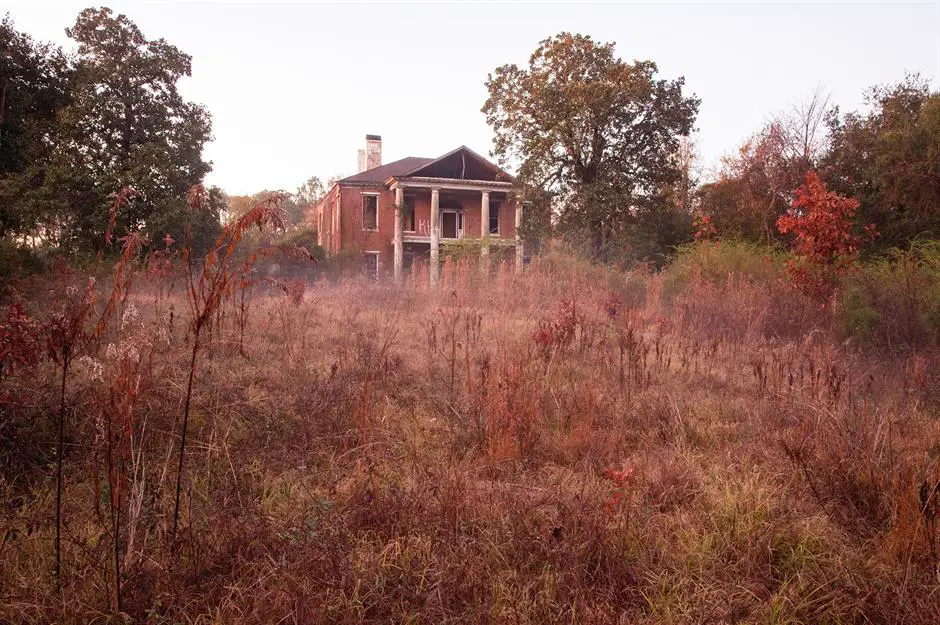
According to City Planner Riccardo Giani, who spoke with The Natchez Democrat, Dr. Vaughan has been unresponsive to requests to restore the mansion. As a result, legal proceedings have been initiated that could potentially compel City of Natchez officials to take action to restore the estate and recover renovation costs from the owner through fines. Arlington’s fate hangs in the balance, and one can only hope for a change in its fortunes, allowing this antebellum landmark to be restored to its former glory.
Recommended: Explore This Abandoned Mansion In The Middle Of A Virginia Golf Course